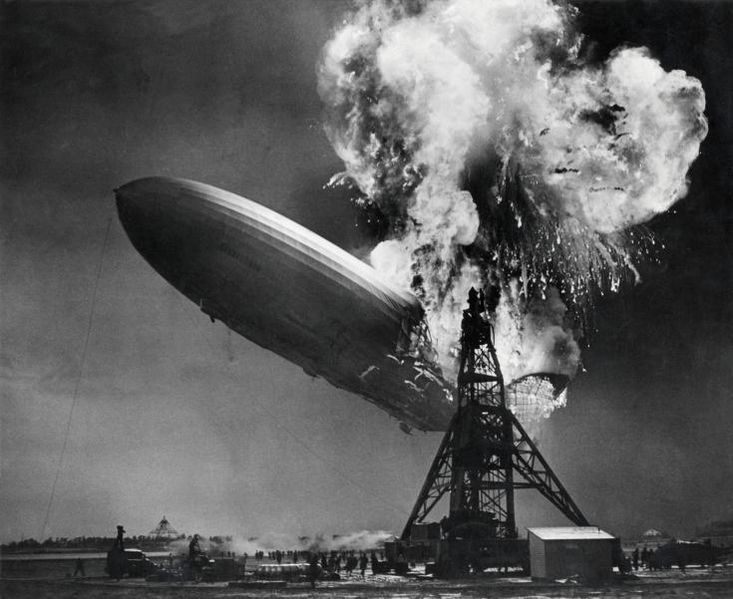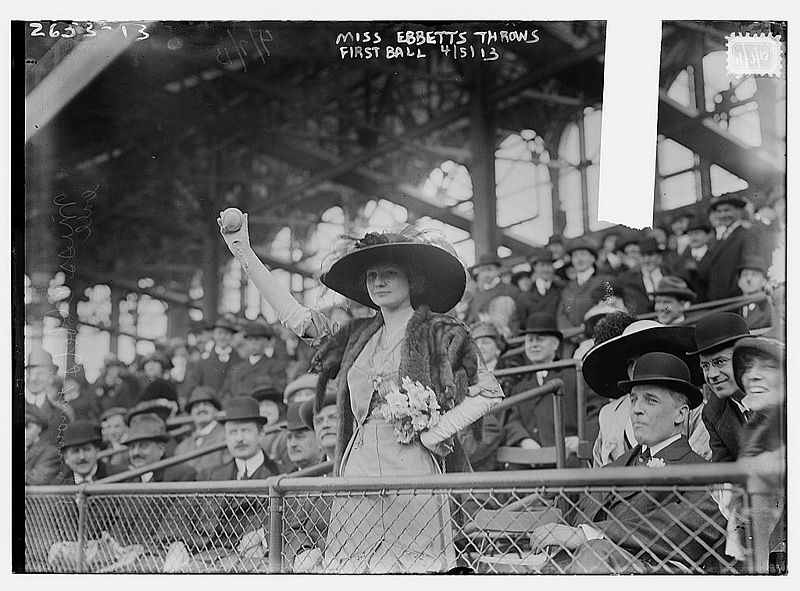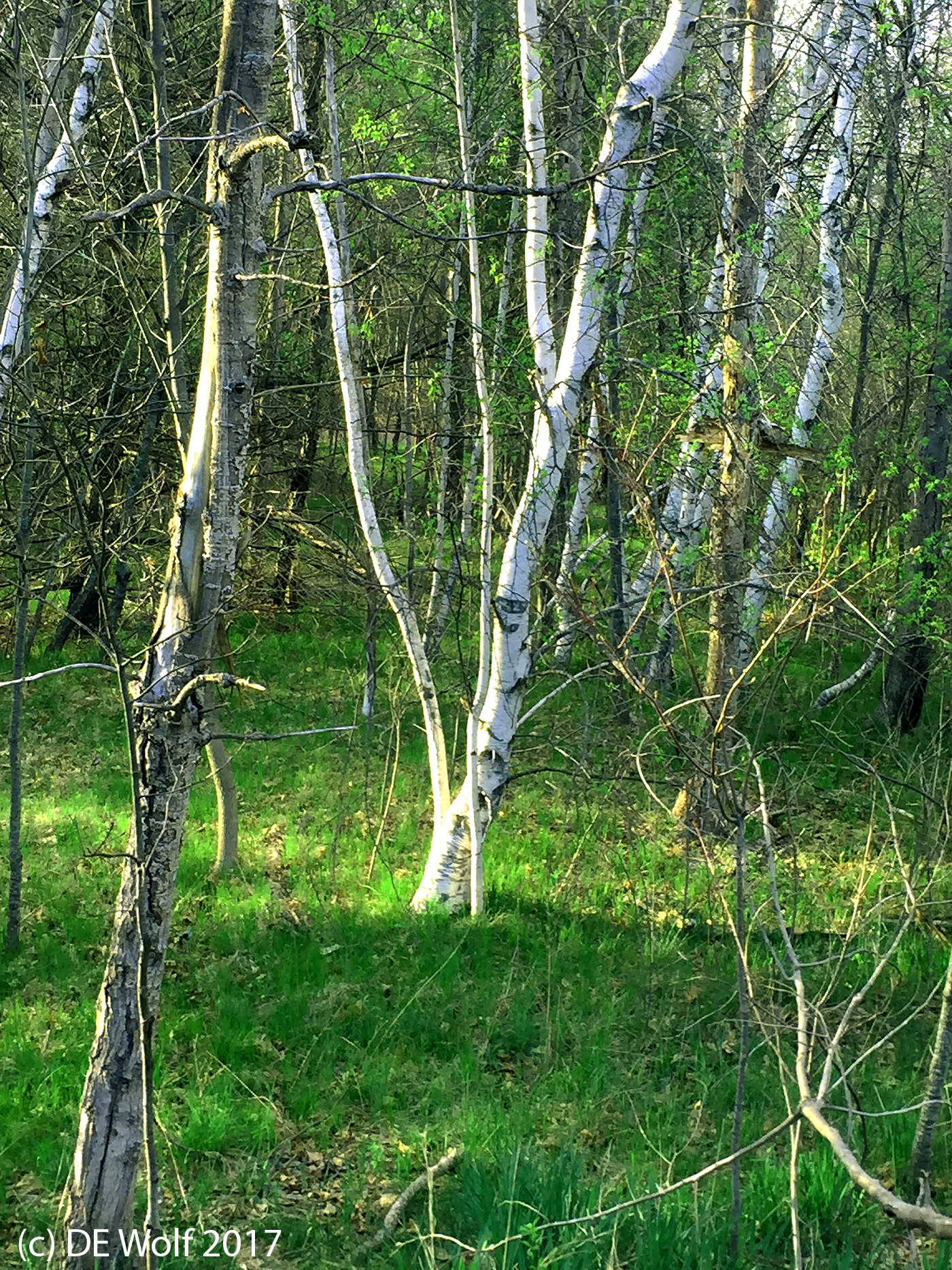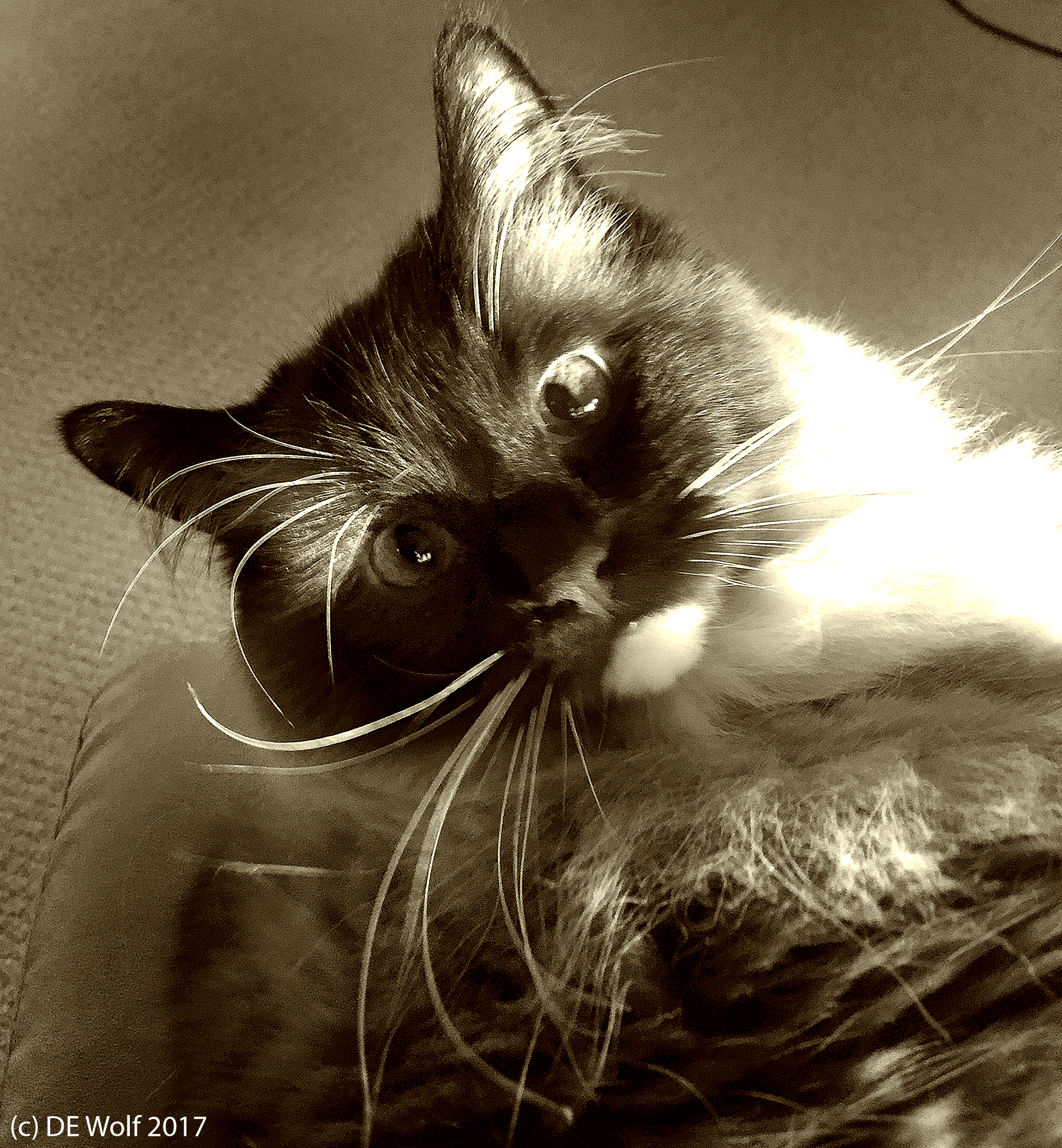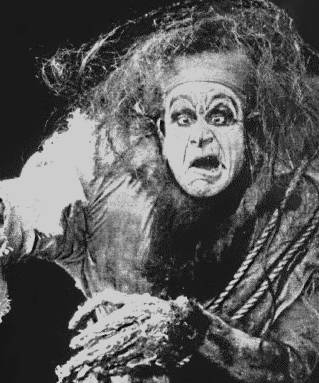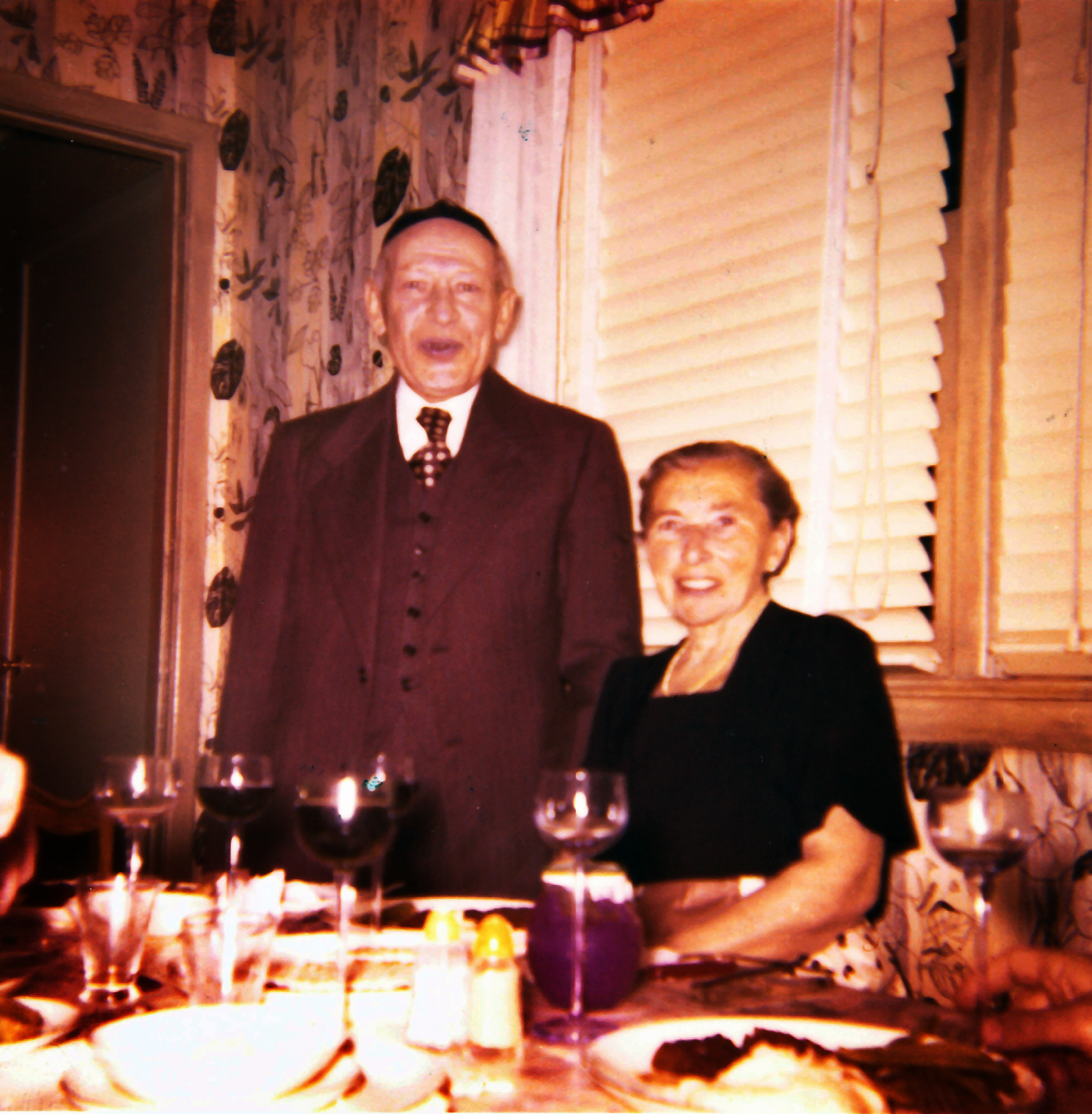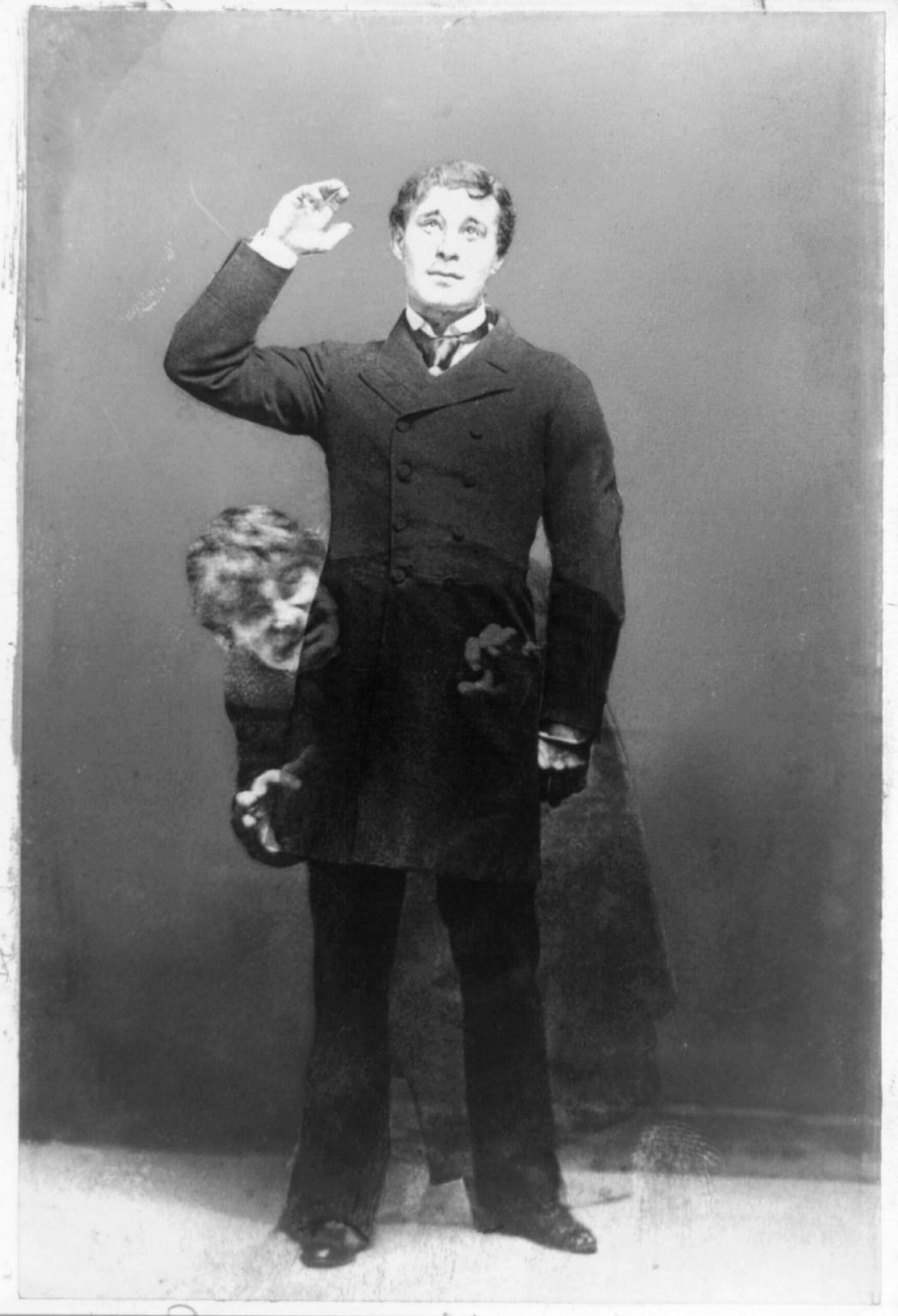
Figure 1 – Double exposure by Henry Van der Weyde showing Richard Mansfield simultaneously as Dr. Jekyll and Mr. Hyde (1887-1900). From the Wikipedia, from the US Library of Congress and in the public domain in the US because of its age.
The double exposure was one of the earliest “special effects.” We have discussed how in the nineteen and early twentieth centuries it was used to deceive and create ghost or spirit photographs – cheating the view that “the other-side,” while invisible, connects with this world through forms of physical energy such as light. Then, of course we have early horror films like Le Manoir du Diable (1896) and other uses of these “special effects to entertain and enhance.
At about the same time, in 1886, Robert Louis Stevenson published his masterpiece novel “The Strange Case of Dr. Jekyll and Mr. Hyde.” The story involves the eminent Dr. Henry Jekyll, who invents and drinks a serum that turns him into the evil and murderous Mr. Edward Hyde. The themes are complex, as they deal with the fundamental questions of human personality, the thin line between the classes, and of multiple personalities. Like Mary Shelley’s “Frankenstein,” there is also the question of science and its growing ability to manipulate humanity.,
The actor Richard Mansfield (1857-1907) upon readings Stevenson’s novella immediately saw the intriguing opportunity of performing a dramatic dual role. He secured rights to adapt the book into a drama in the US and England and commissioned its writing. The play debuted in Boston in May 1887 and then moved on the Broadway. It was critically acclaimed, and Mansfield was invited to bring it to London. It opened there in August 1888, just before the first Jack the Ripper murders. This actually led to Mansfield being suspected of the crimes. Mansfield continued to play the dual role until shortly before his death in 1907.
So we have Figure 1 by photographer Henry Van der Weyde (1838-1924), which uses the double exposure to vividly capture Mansfield’s signature dual role. It is a masterful use of the double exposure, designed to take the still image to a new level; one that captures transition in time.
Today the double exposure feature of modern design and image processing programs is complex. I am speaking about the ability to fade edges, to send one of the exposures forward or back, the ability to control the relative transparencies of the two exposures. In the analog days the double exposure represented a kind of paradox. Returning to Alexander Pope and his “Rape of the Lock,” we are told that spirits are nebulous with something less than the solidity of the tangible human form.

